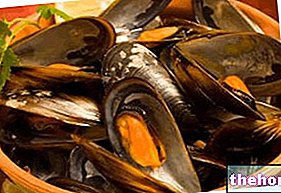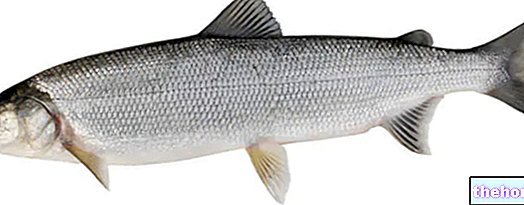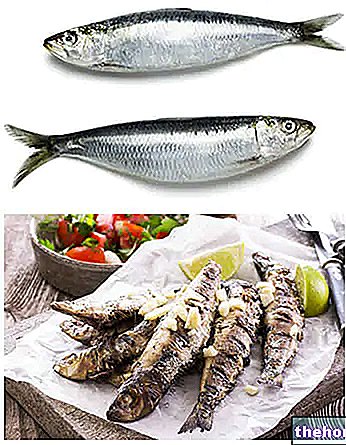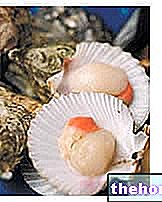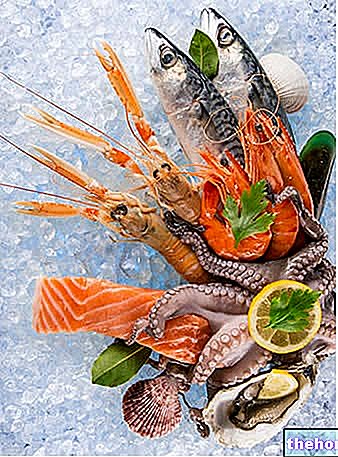The tuna alletterate belongs to the 1st fundamental group of foods, as a nutritional source of proteins with high biological value, vitamins (especially vitamin D and many of the B group) and specific minerals (for example phosphorus, iron and iodine). It has an average energy intake that is difficult to establish, especially in adult specimens. It is also very rich in semi-essential omega 3 lipids such as eicosapentaenoic acid (EPA) and docosahexaenoic acid (DHA); nevertheless, it also shows non-negligible cholesterol levels.
The tuna alletterato is, on the whole, very nutritious and lends itself to most diets. On the other hand, it may also have contraindications; in the next paragraphs we will understand better which ones.
The tuna alletterato is widespread along all the European coasts. It is found both in the Atlantic Ocean and in the Mediterranean Sea; it is quite common in all Italian seas. Attention! Some argue that the tuna alletterato does not occupy the stretch of water of the Adriatic Sea, it is an inaccuracy. It is instead an extremely widespread species, as both professional fishermen and lovers of sport fishing for bluefin tuna can testify.
The little tuna, like most of the members of the Scombridae family, has a pelagic attitude. It occupies, in different ways according to the season and the geographic area, the coastal littoral as much as the open waters. At the larval stage it is a constituent of plankton and more precisely of zooplankton.
Compared to the tuna proper (red, obese, yellow fins, white, etc.), the "alletterato" remains smaller in size: 100 cm in length for about 15 kg. It has the shape similar to that of a tuna, a maculation on the back - similar to the bonito - between the dorsal and caudal fins, and a silvery white belly.
which falls within the 1st fundamental group of foods. Considered not too valuable from a gastronomic point of view - for this reason we have included it in poor fish - it is nevertheless very nutritious and has all the characteristics of blue fish.
Tuna alletterato has a "theoretically" low average caloric intake. The nutritional tables - which do not consider the alletterato, but a very similar creature that is the skipjack tuna - suggest an approximate value of 100-105 kcal / 100 g. However, it must be specified that the belly - called ventresca - as it happens for terrestrial creatures, it is considerably fatter than the back - portion of the fillets. However, it is difficult to believe that this fish provides so few calories, especially in adulthood, therefore it is recommended to take into account a possible average value of up to 150 kcal. Tonnetto alletterato is therefore more caloric than anchovies but less than mackerel.It can be considered an analogue of sardines, bonito and tombarello.
The energy of the tinned tuna is mainly supplied by proteins, followed by lipids; carbohydrates are absent or irrelevant. It does not contain dietary fiber. The fatty acids are largely unsaturated and a very high quantity of semi-essential chains of the omega group is appreciated. 3; in particular: eicosapentaenoic acid (EPA) and docosahexaenoic acid (DHA). The proteins are of high biological value and that is, they contain all the essential amino acids, in the right proportions and quantities, of human proteins.
The tinned tuna should be rich in water-soluble B vitamins, such as niacin (vit PP), pyridoxine (vit B6) and cobalamin (vit B12). Regarding the fat-soluble vitamins, this fish contains excellent levels of vitamin D (calciferol). The mineral profile is also appreciable; the levels of potassium, phosphorus, iron and iodine are significant.
Cholesterol is not negligible, but not excessive either. Lactose and gluten are absent. On the other hand, purines are abundant; histamine is absent in the fresh product but increases exponentially if badly stored.

